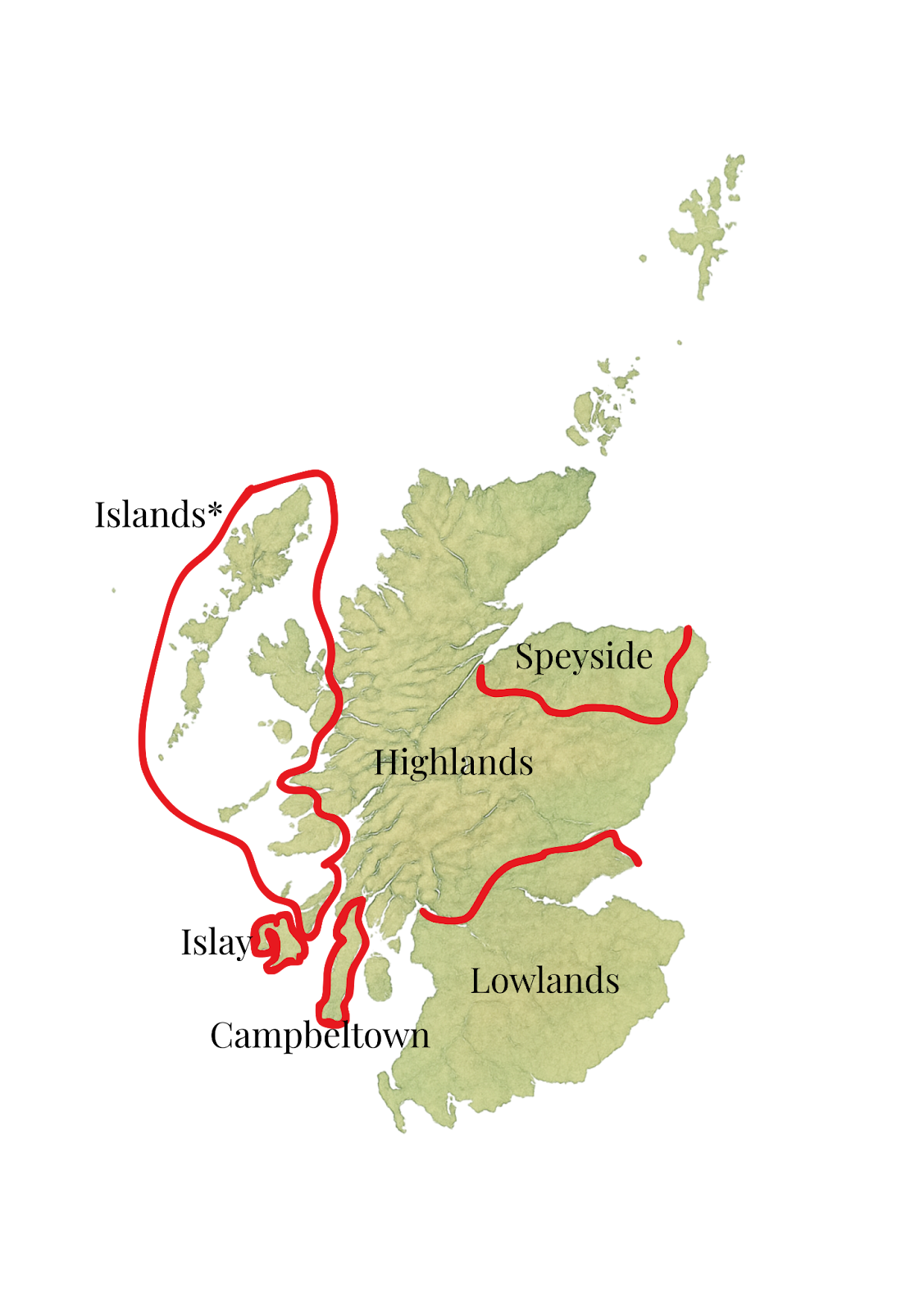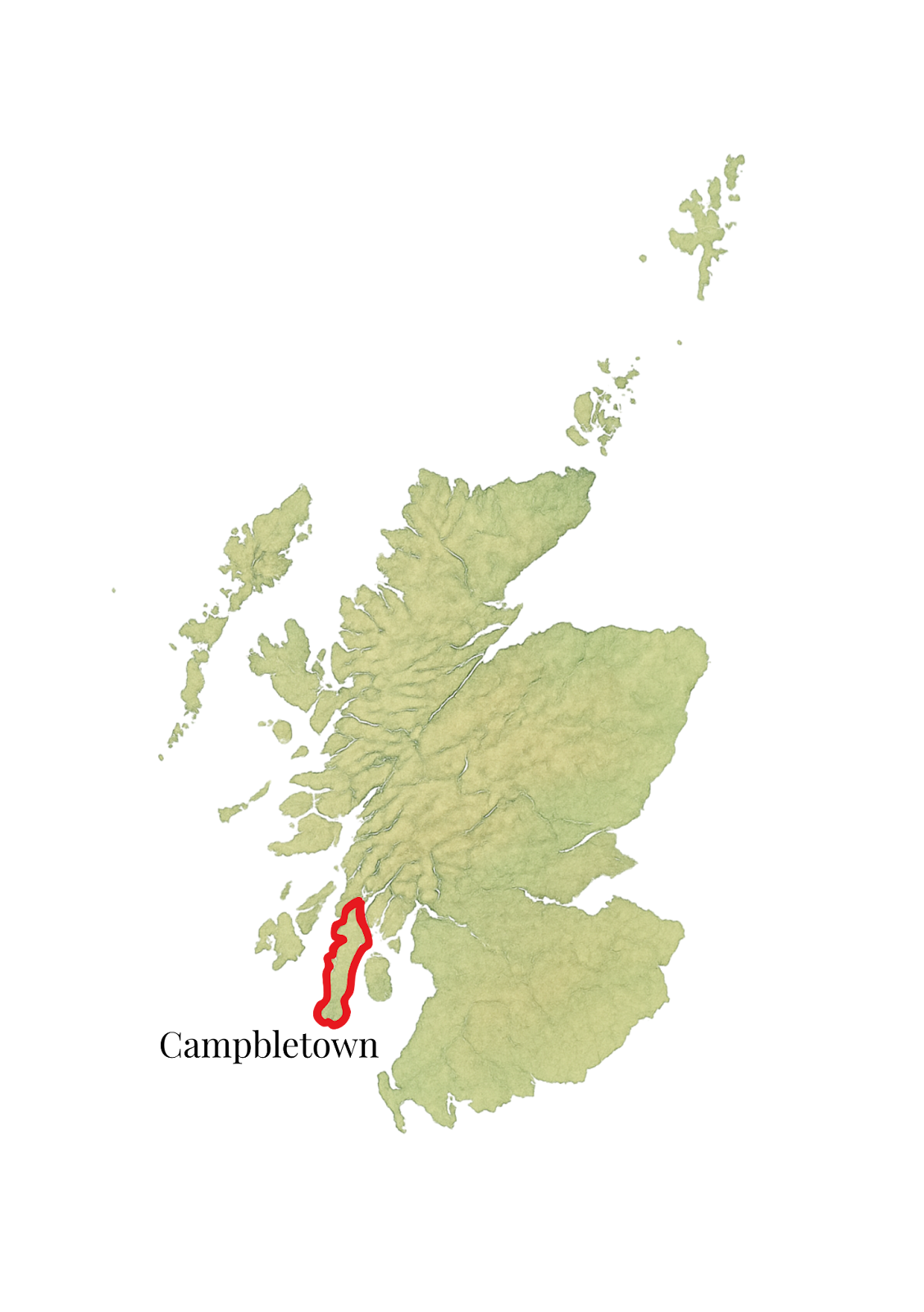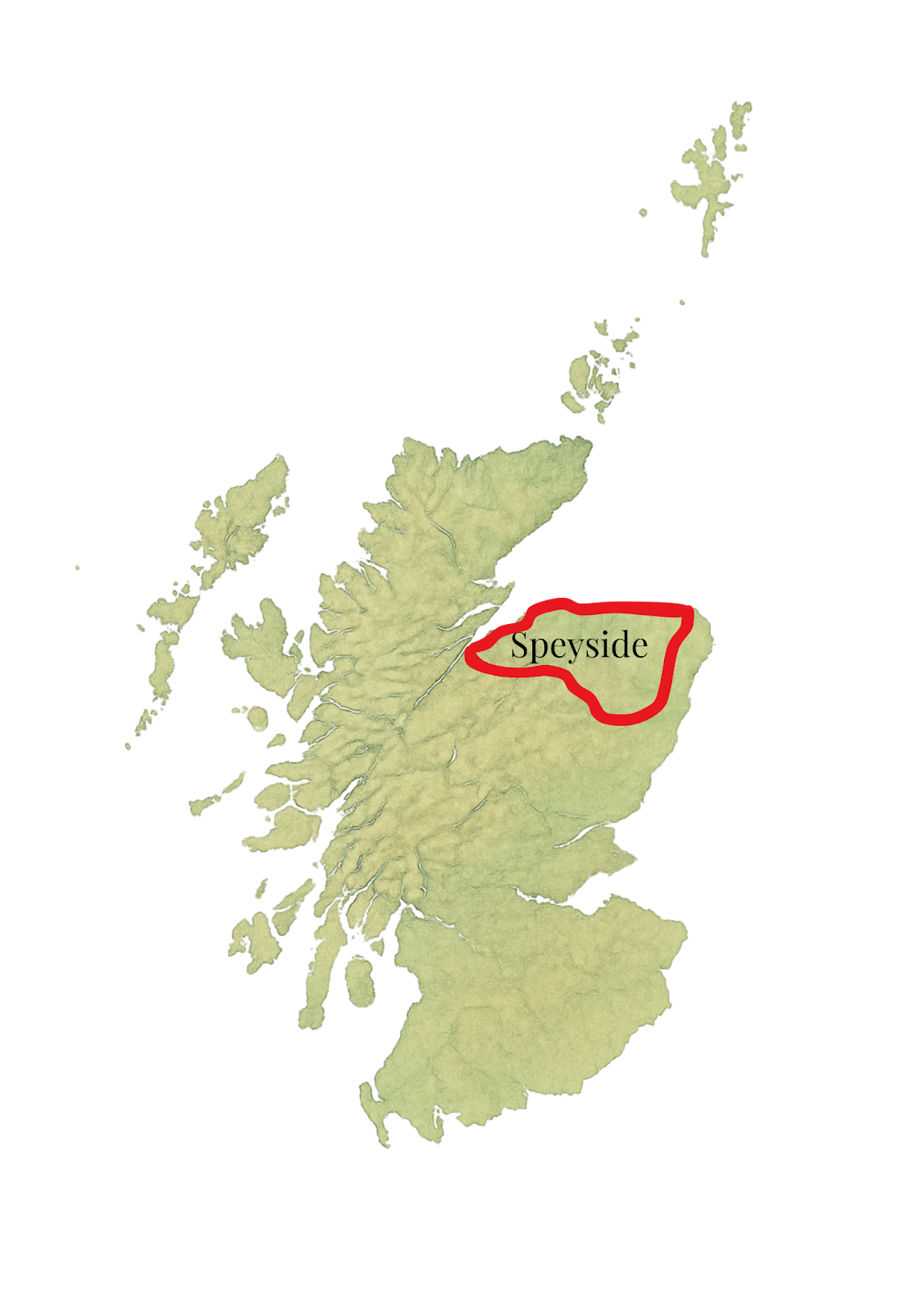The Different Scotch Whisky Regions: A primer
Do different regions really offer different flavours?
The vast range of tastes and characteristics of Scotch whisky has been a key reason for the spirit’s popularity.
Historically, the cultural narrative is that Scotch whisky that’s produced in different regions will feature distinct flavours, colours, and aromas…but, scientifically, this hasn’t fully been substantiated.
Perhaps the making processes of different distilleries accounts for the variety of distinct drams, and we’ll keep looking into whether or not the landscapes of each Scotch whisky region contribute to the characteristics and profiles of the whiskies it produces. (In fact…we’re researching for and writing a book about it!)
A more in-depth article about terroir (the theory that the land from which a drink is produced impacts the flavour) is forthcoming. For now, though, let’s look at this from a traditional, cultural perspective.
From the tip of the Highlands to the corner of Campbeltown, let’s explore the 5 Scotch whisky regions and the unique drams they produce.
Introducing the 5 regions…
Scotland is a magical patchwork of diverse landscapes. It features large, lingering swaths of wilderness, a generous helping of fresh-water lochs, and miles of coastline.
And Scotland is renowned for its trademark single malt whiskies.
So far, the earliest record of Scotch whisky can be found in a set of financial accounts from 1494, which state that the King gave Friar John Cor eight bolls of malt with which to produce aqua vitae: the water of life.
And while a series of academic deductions place the friar at Lindores Abbey in the Kingdom of Fife, just over an hour’s drive north of Edinburgh, there’s no way to know if John Cor was truly at Lindores, or if his aqua vitae is what we today would call whisky.
In all likelihood, it was a distilled medicinal liquid used to clean and treat wounds—wounds like the ones William Wallace and his men would have suffered just up the hill from Lindores during the Battle of Black Earnside. Wounds those soldiers would have stumbled down to the Abbey to have treated.
And while whisky was likely distilled all over Scotland for centuries, in many forms and in many wee, homemade stills, we recogonise today 5 distinct regions:
1. Highlands
2. Lowlands
3. Islay
4. Campbeltown
5. Speyside
Each territory on the Scotch whisky regions map has a unique climate, geography, and production methods that contribute to the distinct colours, aromas, and flavours of its whisky. Don’t think this is true, definitely not the production methods statement; but also don’t think it holds for climate or geography.
The Highlands are the largest region, spanning more than half of the country starting at the top coastal lines. This region gives way in the south to the Lowlands, which border England.
To the west, the small Isle of Islay rises from the Atlantic Ocean, where it’s surrounded by sea and covered in peat bogs.
Just below Islay, the Campbeltown peninsula juts out from the Highlands region and reaches south into the ocean off the coast of the Lowlands.
In the northwest, Speyside rests within the Highlands, occupying wilderness as well as a northern coastline.
The expressions produced in each region are traditionally different. In fact, some seasoned Scotch whisky drinkers claim they can blindly identify what region a dram came from with just a sniff and small taste.
And, culturally, the narrative is that geography, landscapes of each region produce distinct characteristics and tastes.
Highlands whisky region
The Highlands is the largest whisky-producing region in Scotland, known for its diverse styles and robust flavours.
Whiskies from the Highlands can vary significantly from one distillery to another, but they generally have a full-bodied, rich character.
Some of the oldest distilleries in the Highlands include:
Glenturret
Glen Garioch
Glenmorangie
Glen Ord
Characteristics: The Highland whiskies often have a complex and robust profile, with notes of peat, smoke, heather, and dried fruit.
Taste: You can expect a balance of sweet and savoury flavours, with hints of honey, oak, and spice. Some Highland whiskies might also present a maritime influence due to their coastal locations.
Lowlands whisky region
The Lowlands region produces lighter and more delicate whiskies compared to other regions.
This area is known for its gentle and smooth spirits, which are often described as approachable and easy to drink. More recently, and probably because of the more cosmopolitan aspects of the region, some fun, new things are happening with yeast in the Lowlands.
Some of the oldest distilleries in the Lowlands include:
Bladnoch
Auchentoshan
Glenkinchie
Rosebank
Characteristics: Lowlands whiskies are typically light, floral, and grassy with a subtle sweetness.
Taste: Expect flavours of fresh-cut grass, citrus, toffee, and a touch of maltiness. These whiskies often have a clean and soft finish, making them ideal for beginners.
Islay whisky region
The Isle of Islay is famous for its bold and heavily peated whiskies.
Islay whisky is known for its distinctive smoky, maritime flavours, which are a result of the island's coastal environment and the use of peat in the malting process.
Some of the oldest distilleries on Islay include:
Bowmore
Laphroaig
Ardbeg
Bruichladdich
Characteristics: Islay whiskies are robust and smoky, with a pronounced peat influence.
Taste: Expect strong notes of smoke, seaweed, brine, and medicinal flavours, along with the underlying sweetness from the malt. Islay whiskies can be an acquired taste, but they are beloved by enthusiasts who appreciate their intensity.
For such a small island that’s covered in ancient peat bogs, this region is a booming whisky paradise.
Campbeltown whisky region
Once a bustling whisky region with numerous distilleries, Campbeltown now has a smaller but still highly respected whisky production.
The whiskies from this region are known for their unique maritime character and full-bodied complexity.
Some of the popular distilleries in Campbeltown include:
Springbank
Glen Scotia
Glengyle
Characteristics: Campbeltown whiskies are often rich, robust, and slightly briny, with a distinctive coastal influence.
Taste: Look for flavours of toffee, smoke, sea salt, and sometimes a slight hint of fruitiness. These whiskies have a well-rounded and complex profile.
Speyside whisky region
Speyside, located within the Highlands but recognised as a distinct region due to its high concentration of distilleries, is known for producing distinct single malt Scotch whiskies.
The region’s temperate climate and abundant water sources create an ideal environment for whisky production.
Some of the popular distilleries in Speyside include:
The Macallan
Benriach
Glen Elgin
Characteristics: Speyside whiskies are renowned for their sweet and elegant profiles, often featuring fruit, vanilla, and nutty notes.
Taste: You can expect flavours of apple, pear, honey, vanilla, and malt. Speyside whiskies are often aged in sherry casks, which impart rich, fruity notes and a smooth finish.
What about the Islands?
Off the west coast of Scotland, a freckling of islands also have pockets of whisky making.
For the most part, many of the Islands are a bit too rustic to inhabit. But on islands like Orkney, Skye, and Mull, whisky-making culture is alive and well…and serving up some incredible expressions.
They’re not a region of their own, though. According to regulations, the Islands fall under the Highland region.
Popular drams from the Islands include:
Highland Park (Orkney)
Talisker (Skye)
Tobermory (Mull)
Arran (Arran)
Jura (Jura)
Characteristics: Like the drams from Islay, expect peat, oily feels, and maritime spices.
Taste: Beyond the smoky and peaty influences, brine plays a key role in whiskies from the islands. You’ll also notice a medicinal note and hints of citrus, fried fruits, and sometimes…florals.
The loveliness of distinct regions
Scotland may be a relatively small country, but its diverse landscape and varied processes for producing whisky have made it a diverse and celebrated home for single malt Scotch whisky.
Because each single malt Scotch whisky is the product of a single distillery, exploring the unique characteristics and flavours of varied single malts from different regions is a delicious adventure.
From the peaty intensity of Islay to the elegant sweetness of Speyside, a journey through the regions is a journey through the rich heritage of Scotch whisky.














